1 year ago

Meatless Lasagna Recipes: 5 Delicious Options for a Meat-Free Delight
Read More →1 year ago
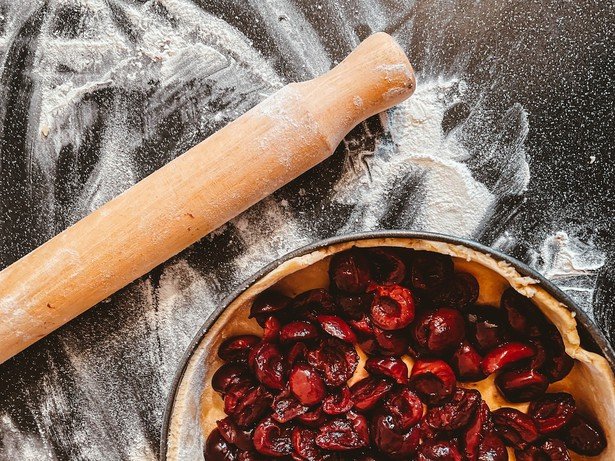
Mouthwatering Vegetarian Shepherd Pie Recipes That Meat Lovers Will Rave About
Read More →1 year ago
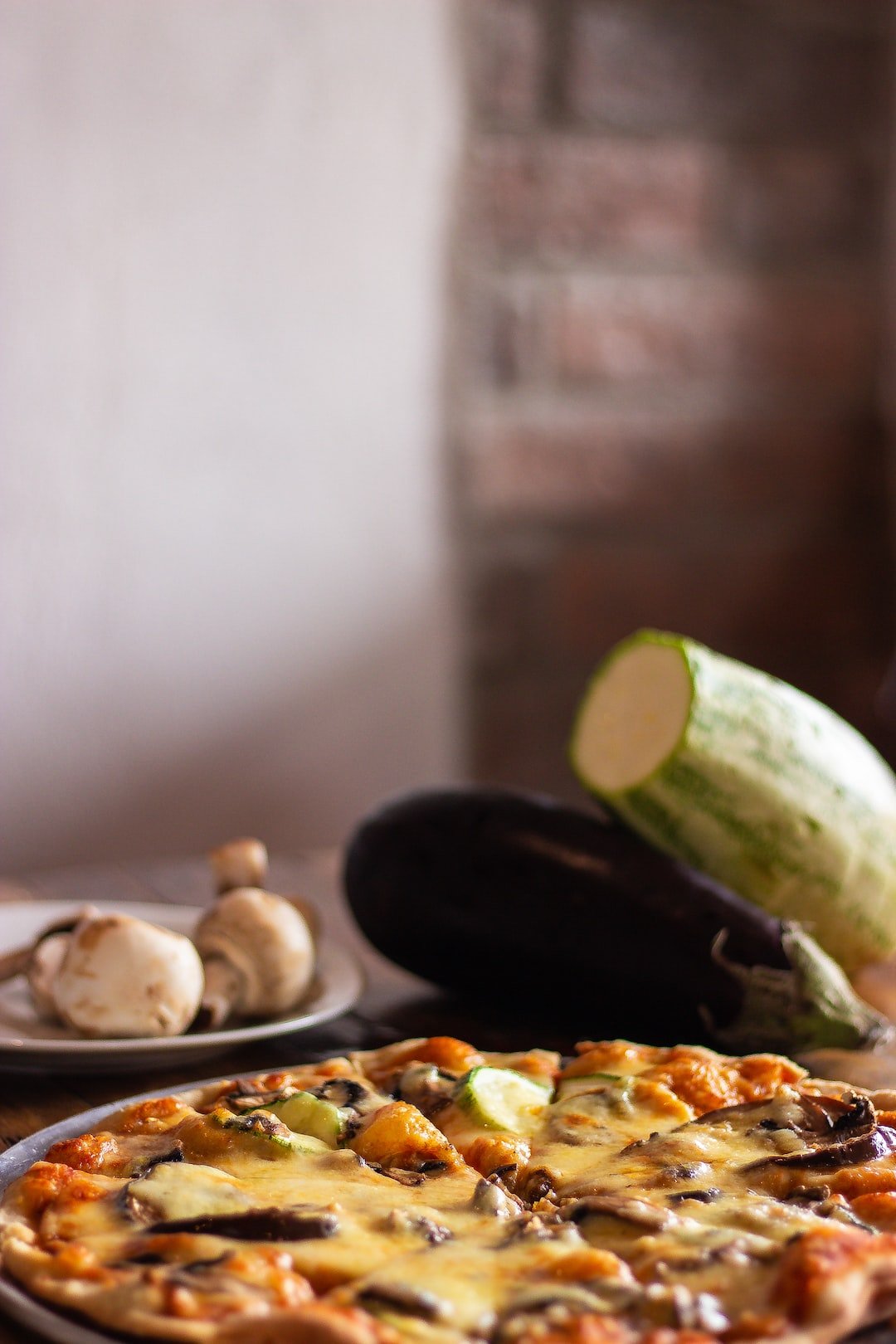
Delicious and Satisfying Vegetarian Meatloaf Recipes
Read More →1 year ago
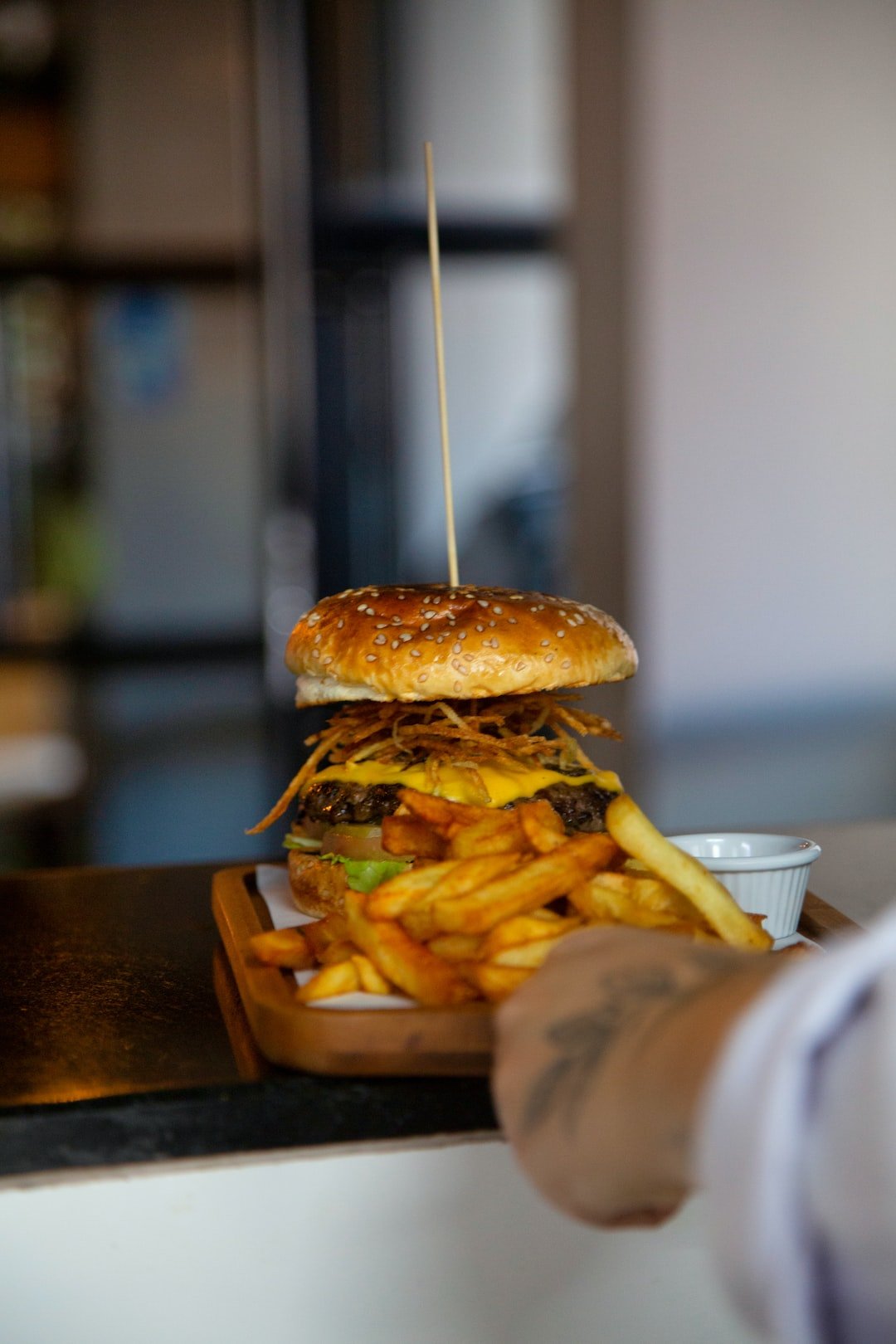
Exploring Meatless Sloppy Joe Recipes: A Delicious Twist to a Classic Dish
Read More →1 year ago
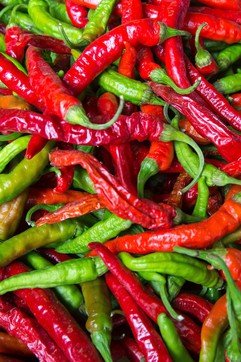
Delicious and Satisfying Meatless Chili Recipes
Read More →Meat Sustainability and Environmental Impact
1 year ago

Pork and Mushroom Recipes: Deliciously Savory and Easy to Make
Read More →1 year ago
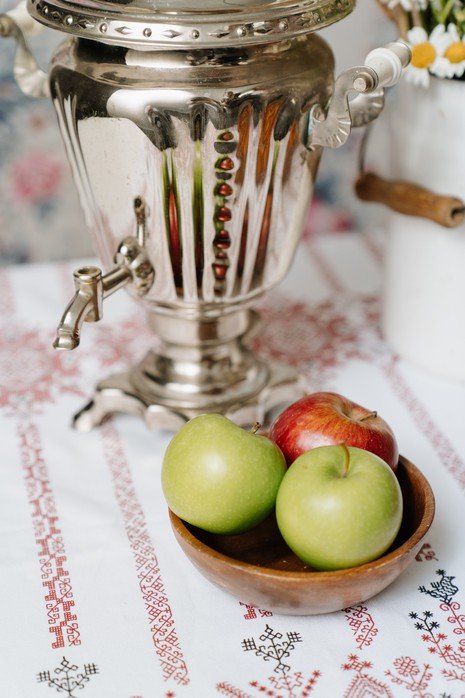
Deliciously Savory: 5 Sensational Pork and Apple Recipes to Try
Read More →1 year ago
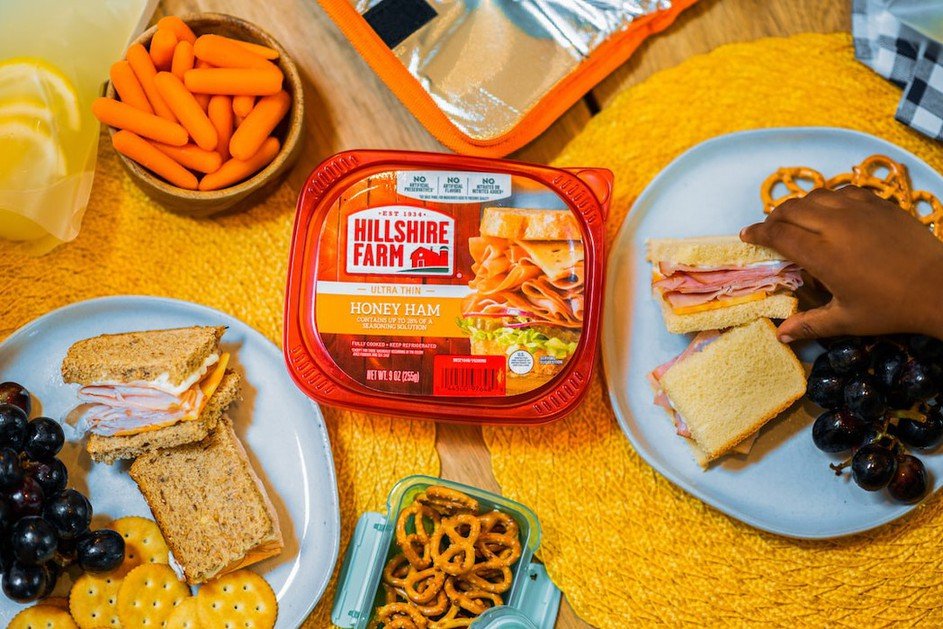
Delicious Pork Ham Recipes to Elevate Your Culinary Skills
Read More →1 year ago

Mouthwatering Pork Carnitas Recipes for Meat Lovers
Read More →1 year ago
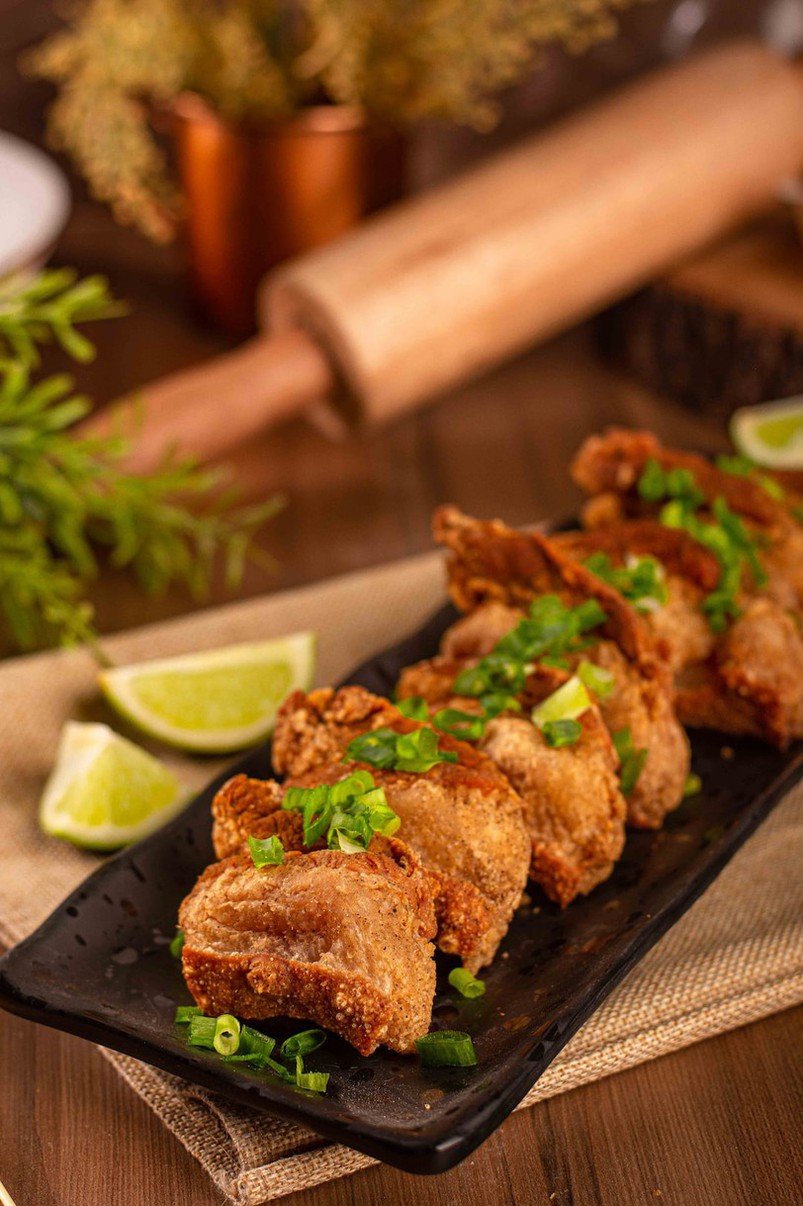
Delicious Pork Cutlet Recipes to Satisfy Your Meat Cravings
Read More →Meat Consumption Trends and Statistics
1 year ago
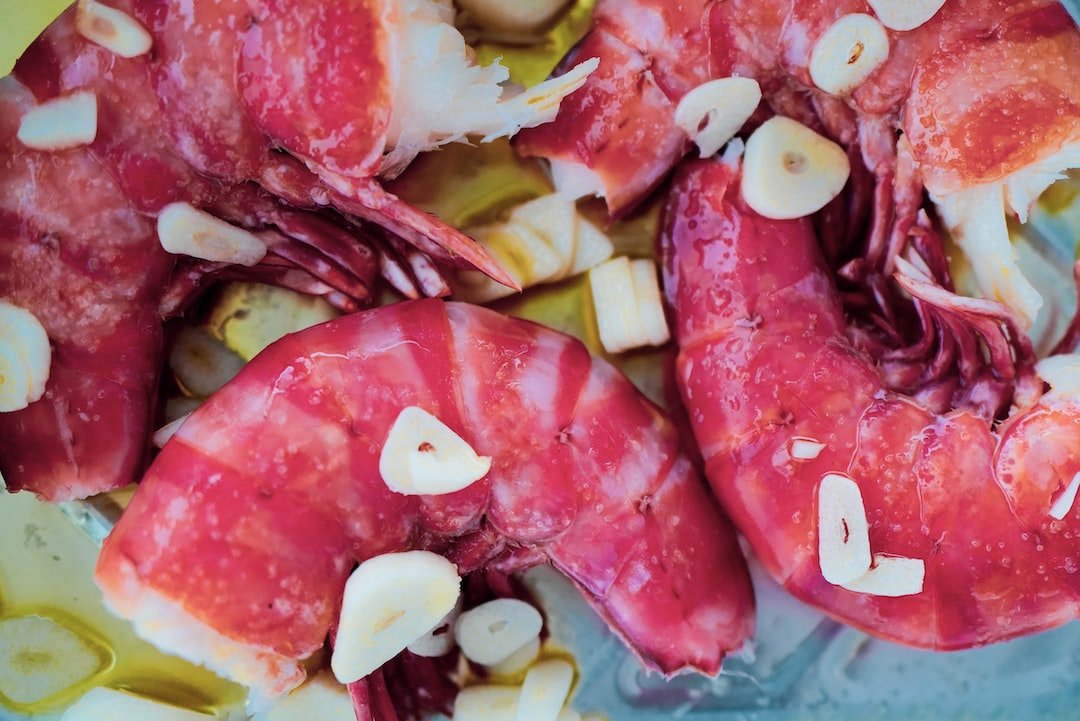
Grilling Mastery: Unforgettable Meats and Seafood Recipes
Read More →1 year ago
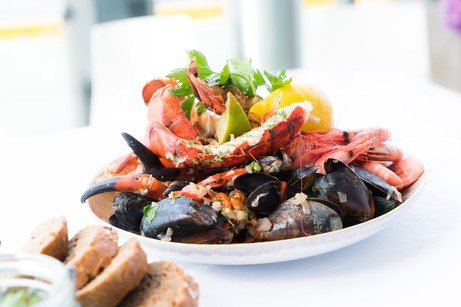
Dive Into Healthy Seafood Recipes that Pack a Protein Punch!
Read More →1 year ago
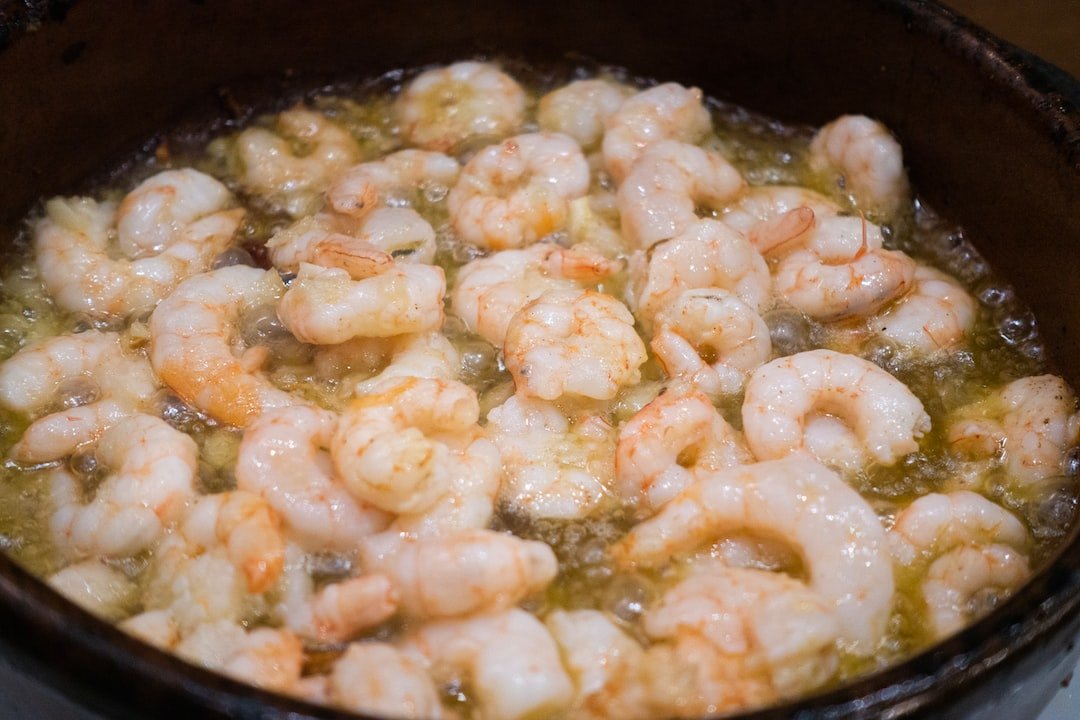
Irresistible Meat and Seafood Sauce Recipes to Elevate Your Dishes
Read More →1 year ago

Dive into Flavorsome Delights with These Irresistible Meat and Seafood Dip Recipes
Read More →1 year ago

There are delicious meat and seafood salad recipes.
Read More →SEARCH
Categories
- Beef recipes
- Pork recipes
- Chicken recipes
- Seafood recipes
- Vegetarian meat substitutes
- Meat grilling tips and techniques
- Meat nutrition and health benefits
- Meat storage and preservation methods
- Meat cooking methods and techniques
- Meat safety and handling tips
- Meat processing and packaging
- Meat alternative products and companies
- Meat equipment and tools
- Meat certification and labeling standards
- Meat consumption trends and statistics
- Meat sustainability and environmental impact
- meatmob
- Beef recipes
- Pork recipes
- Chicken recipes
- Seafood recipes
- Vegetarian meat substitutes
- Meat grilling tips and techniques
- Meat nutrition and health benefits
- Meat storage and preservation methods
- Meat cooking methods and techniques
- Meat safety and handling tips
- Meat processing and packaging
- Meat alternative products and companies
- Meat equipment and tools
- Meat certification and labeling standards
- Meat consumption trends and statistics
- Meat sustainability and environmental impact
- meatmob
Recent News
- When it comes to finding quality meat in Zurich, look no further than the local business directory for a list of trusted providers. Whether you are a culinary enthusiast looking to cook up a gourmet meal or a busy parent in need of convenient and healthy options, the businesses listed in the Zurich directory have you covered.
- Managing Your Pet's Weight: The Role of Meat in a Healthy Diet
- How Meat Consumption Affects Weight Management in Humans
- The Rise of the Meat Industry in Vietnamese Manufacturing
- Exploring the Growth of Vietnamese Meat Export-Import Companies
- Meat Lovers Rejoice: The Latest Meat Trends in Tel Aviv
- Exploring the Meat Industry in Sweden: A Guide to Business Directories
- Revolutionizing Meat Production with Reinforcement Learning in AI Research
Meat Certification and Labeling Standards
1 year ago
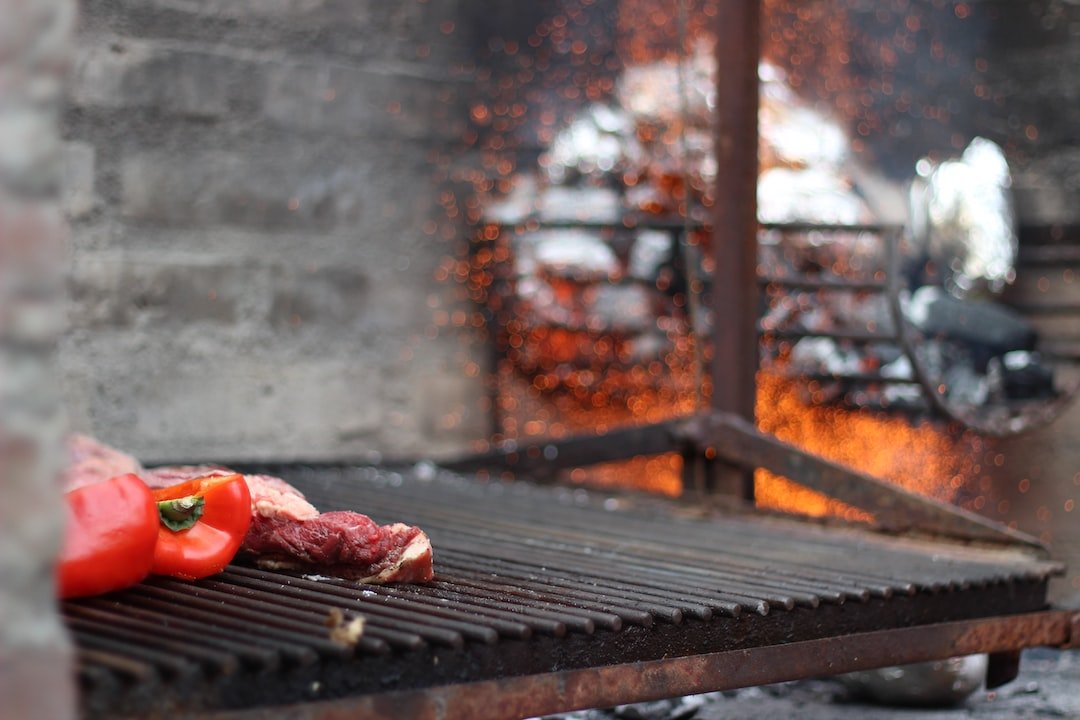
Beef and Potato Recipes: Perfect Pairings for Meat Lovers
Read More →1 year ago

Mouthwatering Beef and Mushroom Recipes to Crave
Read More →1 year ago
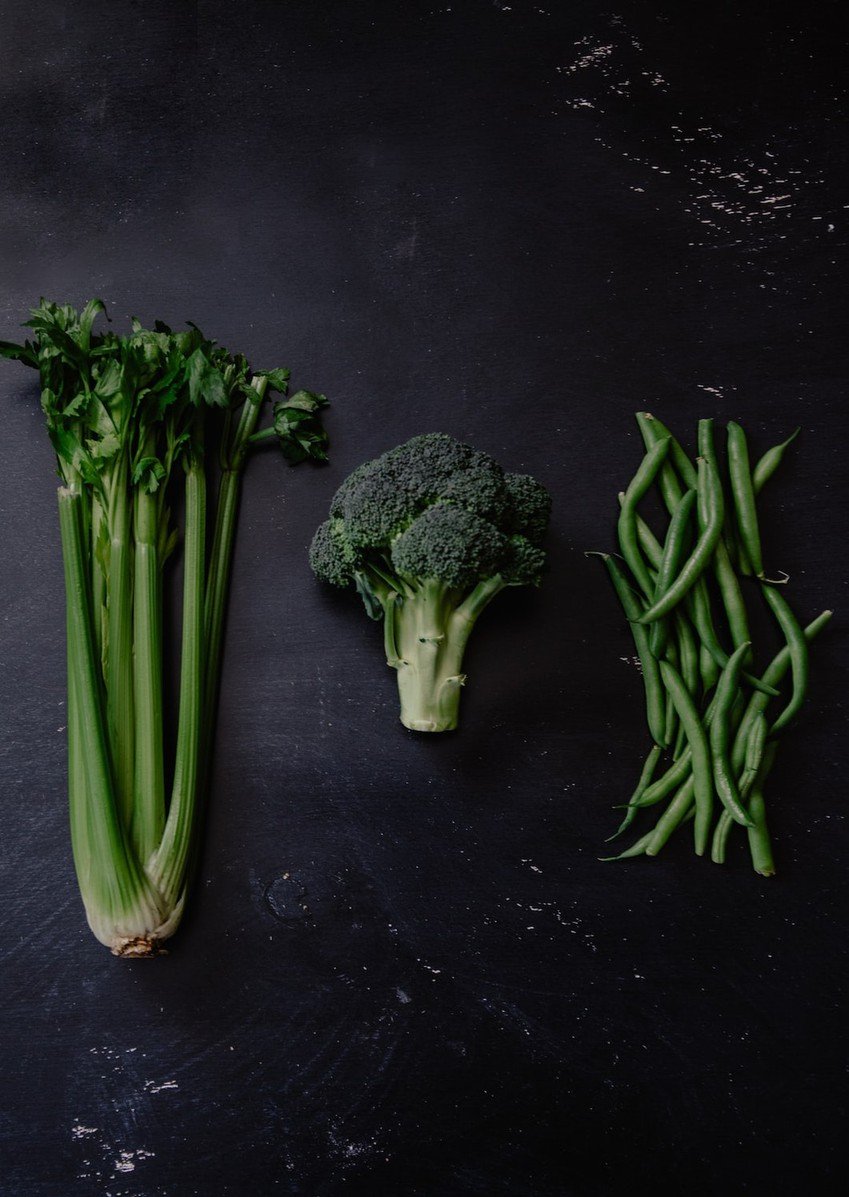
Savory Beef and Broccoli Recipes You'll Love
Read More →1 year ago
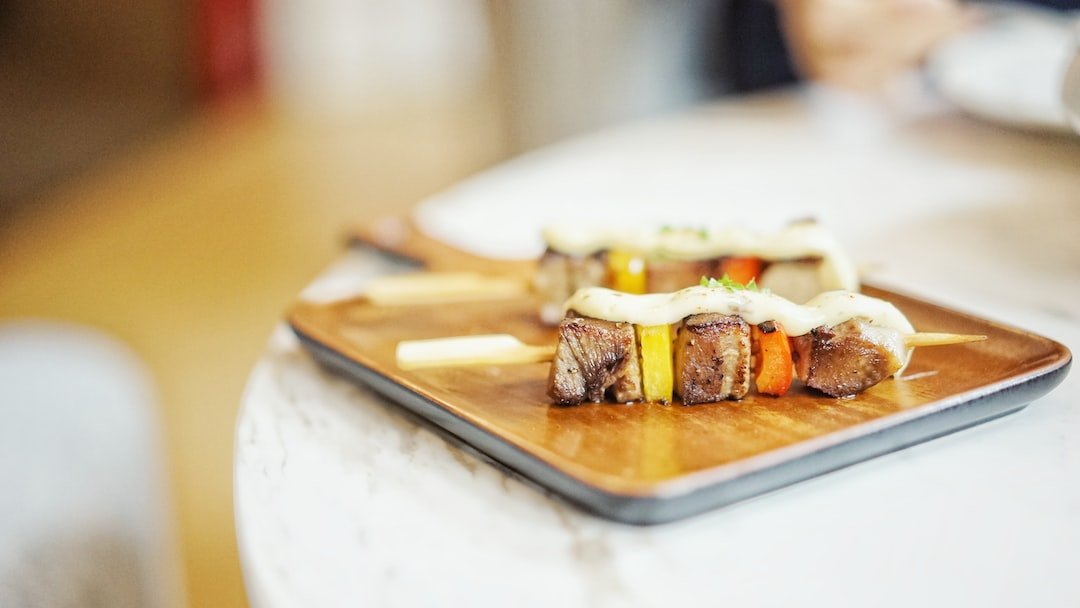
Delicious and Easy Beef Kebab Recipes to Satisfy Your Grilling Cravings
Read More →1 year ago
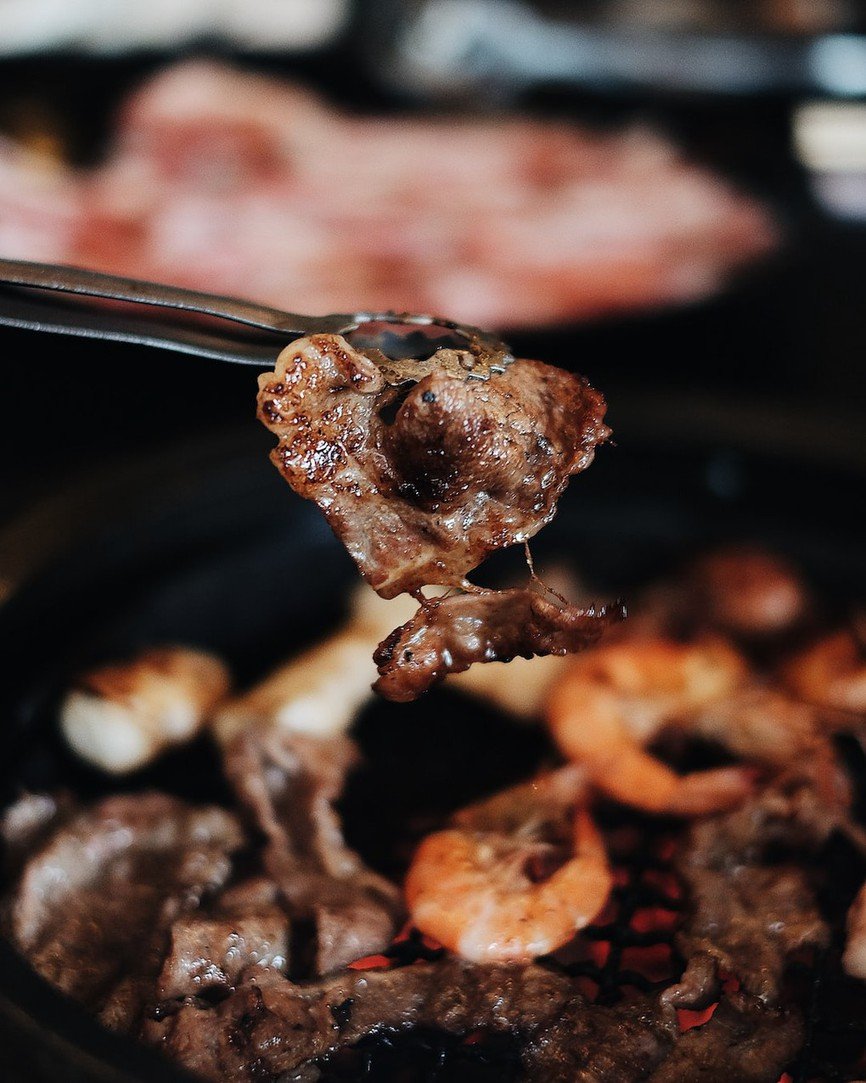
Delicious Beef Taco Recipes to Spice up Taco Night
Read More →1 year ago
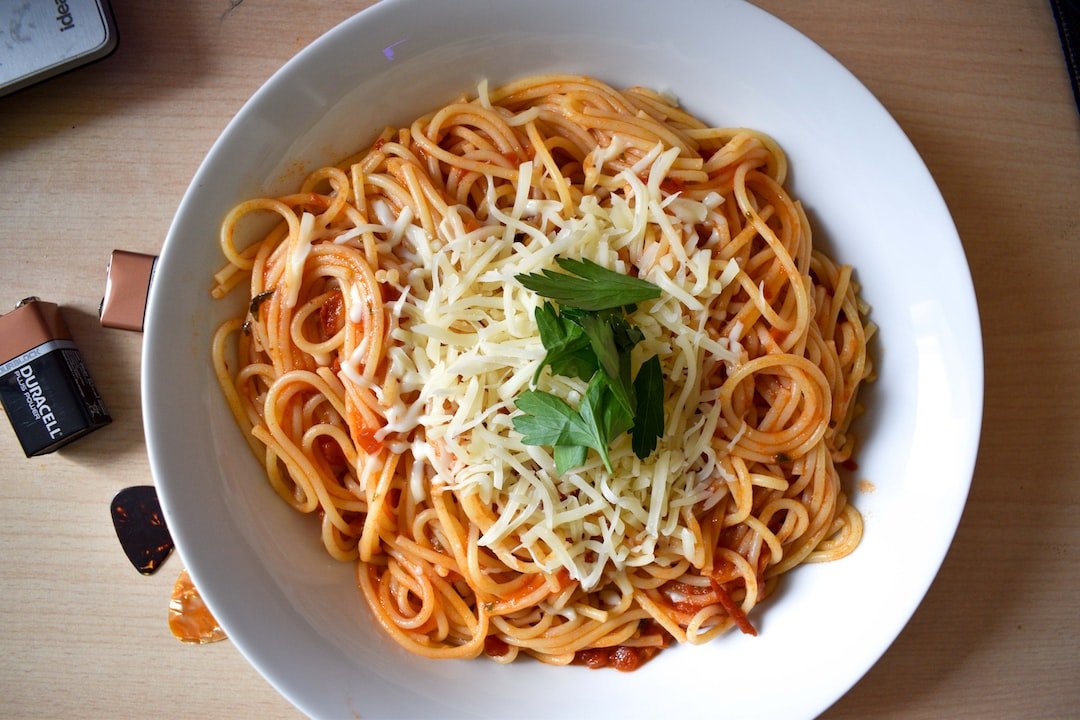
Delicious Beef Pasta Recipes for Meat Lovers
Read More →1 year ago
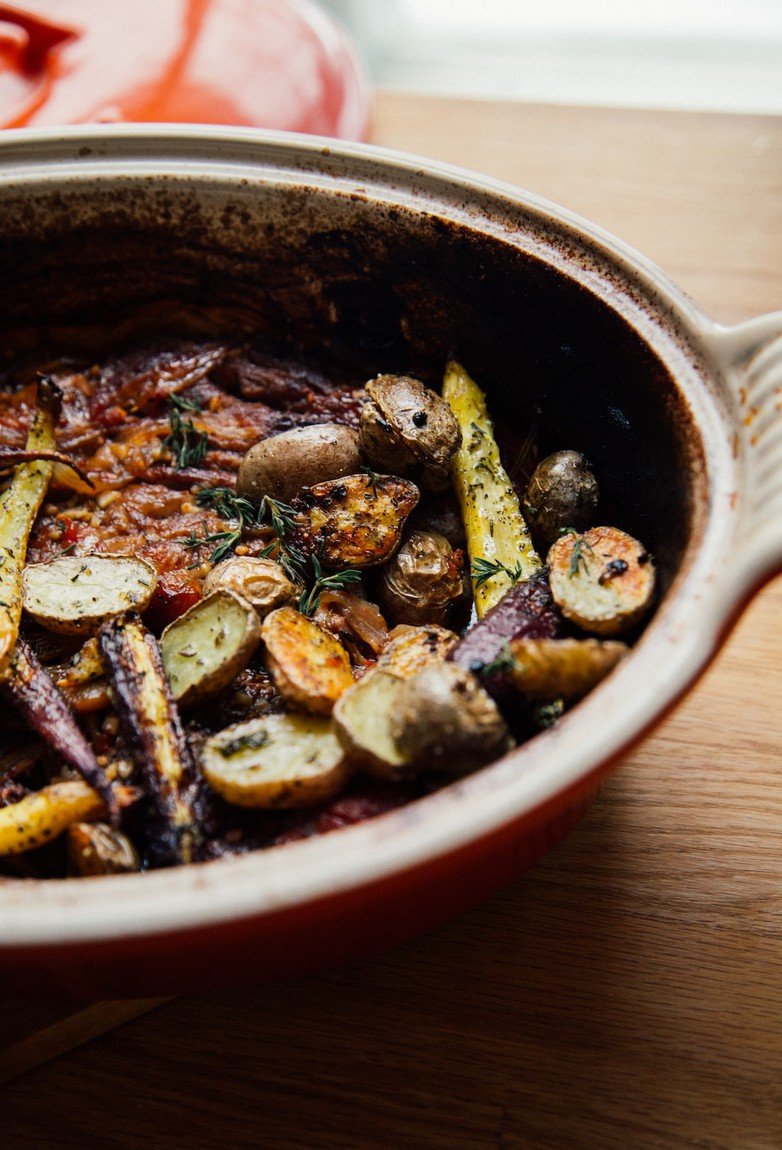
Delicious Beef Soup Recipes to Warm Your Soul
Read More →1 year ago

Delicious and Savory Beef Casserole Recipes for Meat Lovers
Read More →1 year ago
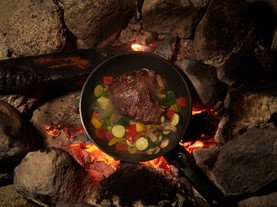
Delicious Beef Pot Roast Recipes to Satisfy Your Cravings Introduction: If you're a meat lover who appreciates the rich and tender flavors of beef, then beef pot roast recipes are just what your taste buds are yearning for. Beef pot roast is a classic dish that has been adored for generations, known for its succulent meat and savory aromas that fill the entire kitchen. In this blog post, we'll walk you through a few mouthwatering beef pot roast recipes that are perfect for family dinners, special occasions, or simply when you're looking to indulge in a hearty and comforting meal. 1. Classic Slow-Cooked Beef Pot Roast: Ingredients: - 3 lbs beef chuck roast - 2 onions, sliced - 4 carrots, peeled and cut into chunks - 3 cloves garlic, minced - 2 cups beef broth - 2 tablespoons tomato paste - 2 tablespoons Worcestershire sauce - 2 sprigs fresh rosemary - Salt and pepper to taste Instructions: - Preheat your oven to 325°F (160°C). - Season the beef roast generously with salt and pepper on all sides. - In a large oven-safe pot or Dutch oven, heat some oil over medium-high heat and sear the roast on all sides until golden brown. - Remove the roast from the pot and set aside. - In the same pot, sauté the onions and garlic until softened and fragrant. - Stir in tomato paste, Worcestershire sauce, and beef broth. Bring to a simmer. - Add the roast back to the pot and nestle it among the onions. - Arrange the carrots and rosemary sprigs around the roast. - Cover the pot and transfer it to the preheated oven. - Cook for about 2.5 to 3 hours, or until the meat is tender and easily shreds with a fork. - Remove the pot from the oven and let it rest for a few minutes before slicing the meat. - Serve the beef pot roast with the vegetables and a ladle of the delicious cooking liquid. 2. Beer-Braised Beef Pot Roast: Ingredients: - 3 lbs beef chuck roast - 3 strips of bacon, chopped - 2 onions, sliced - 4 cloves garlic, minced - 2 celery stalks, chopped - 2 carrots, peeled and chopped - 1 bottle of your favorite dark beer - 2 cups beef broth - 2 tablespoons tomato paste - 2 tablespoons brown sugar - 2 bay leaves - Salt and pepper to taste Instructions: - Preheat your oven to 325°F (160°C). - In a large oven-safe pot or Dutch oven, cook the bacon until crispy. Remove the bacon and set aside, leaving the drippings in the pot. - Season the beef roast with salt and pepper on all sides. - Sear the roast in the bacon drippings until evenly browned. Remove and set aside. - Add the onions, garlic, celery, and carrots to the pot. Sauté until the vegetables are tender and caramelized. - Stir in the tomato paste and brown sugar. - Pour in the beer and beef broth, scraping the bottom of the pot to release any browned bits. - Add the bay leaves, crispy bacon, and the seared roast back to the pot. - Cover the pot and transfer it to the preheated oven. - Cook for about 3 hours, or until the meat is fork-tender. - Once cooked, remove the pot from the oven and let it rest for a few minutes before slicing the meat. - Serve the beef pot roast with the flavorful vegetables and a drizzle of the cooking liquid. Conclusion: Beef pot roast recipes are the epitome of comfort food. Whether you
Read More →1 year ago

Mouthwatering Beef Kabob Recipes that will Delight Your Taste Buds
Read More →Meat Equipment and Tools
1 year ago

Pork and Mushroom Recipes: Deliciously Savory and Easy to Make
Read More →1 year ago

Deliciously Savory: 5 Sensational Pork and Apple Recipes to Try
Read More →1 year ago

Delicious Pork Ham Recipes to Elevate Your Culinary Skills
Read More →1 year ago

Mouthwatering Pork Carnitas Recipes for Meat Lovers
Read More →1 year ago

Delicious Pork Cutlet Recipes to Satisfy Your Meat Cravings
Read More →1 year ago
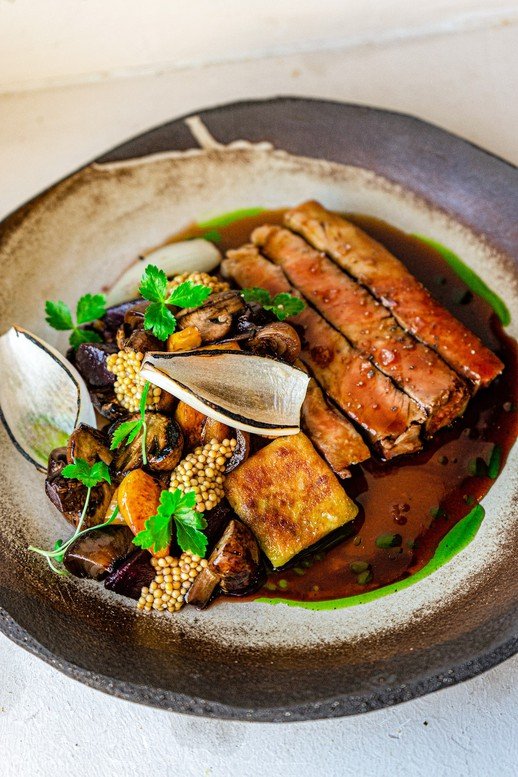
Pork loin recipes are delicious for every occasion.
Read More →1 year ago

Pork stew is a great way to warm up.
Read More →1 year ago

Exploring Flavorful Pork Curry Recipes That Will Leave You Craving for More
Read More →1 year ago

Pork Sausage Recipes are great to satisfy your meat cravings.
Read More →1 year ago

Delicious Slow Cooker Pork Recipes for Meat Lovers
Read More →Meat Processing and Packaging
1 year ago
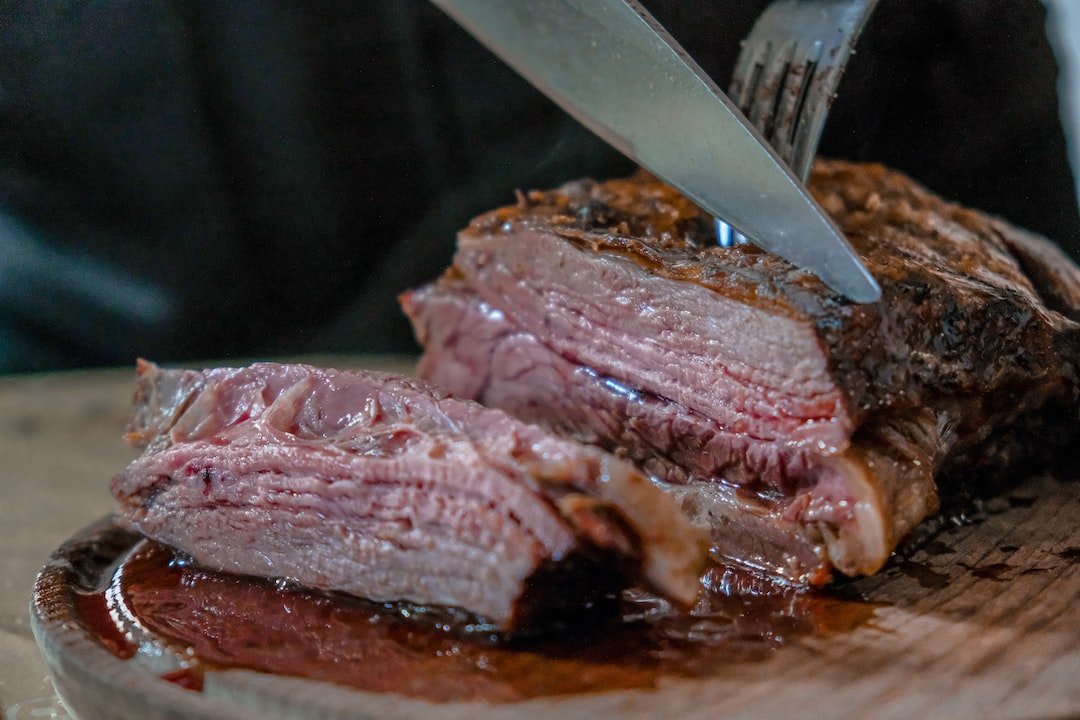
The Importance of Meat Washing and Sanitizing Equipment
Read More →1 year ago

A Guide to Meat Transport and Storage Equipment: Ensure Quality and Safety
Read More →1 year ago
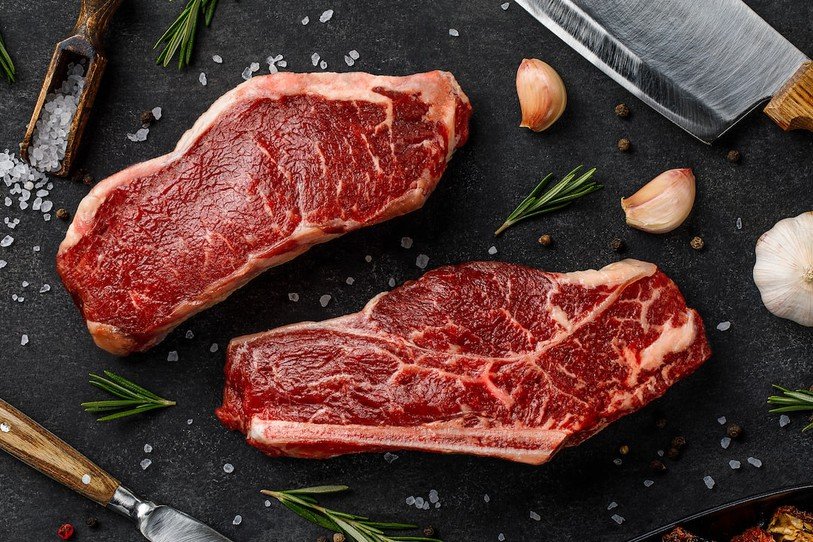
Understanding the Importance of Meat Packaging Machines and Materials
Read More →1 year ago
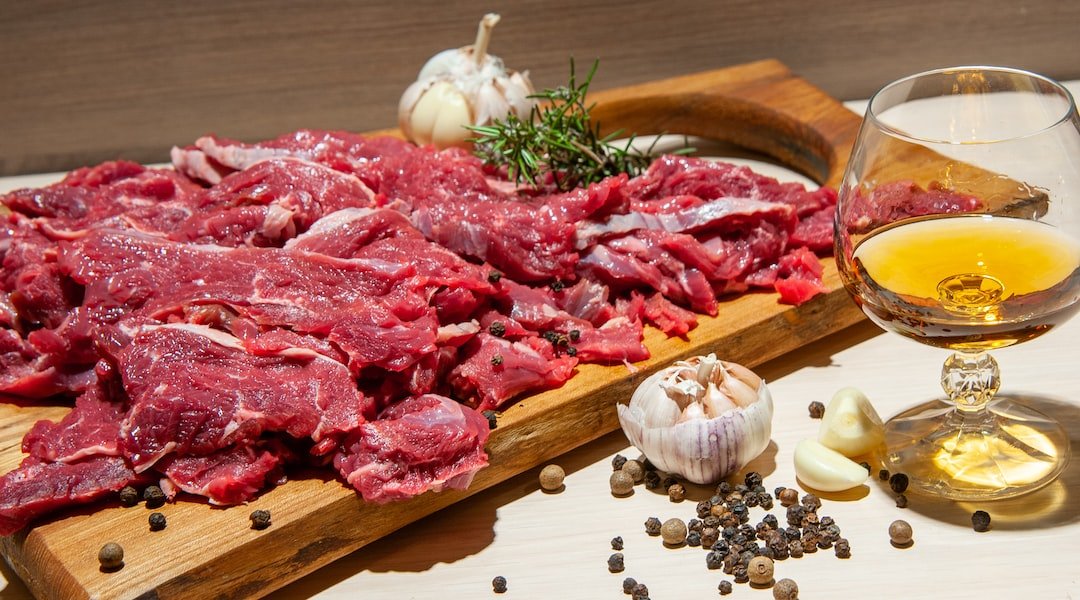
Exploring the World of Meat Mixers and Blenders: The Perfect Tools for Meat Lovers
Read More →1 year ago
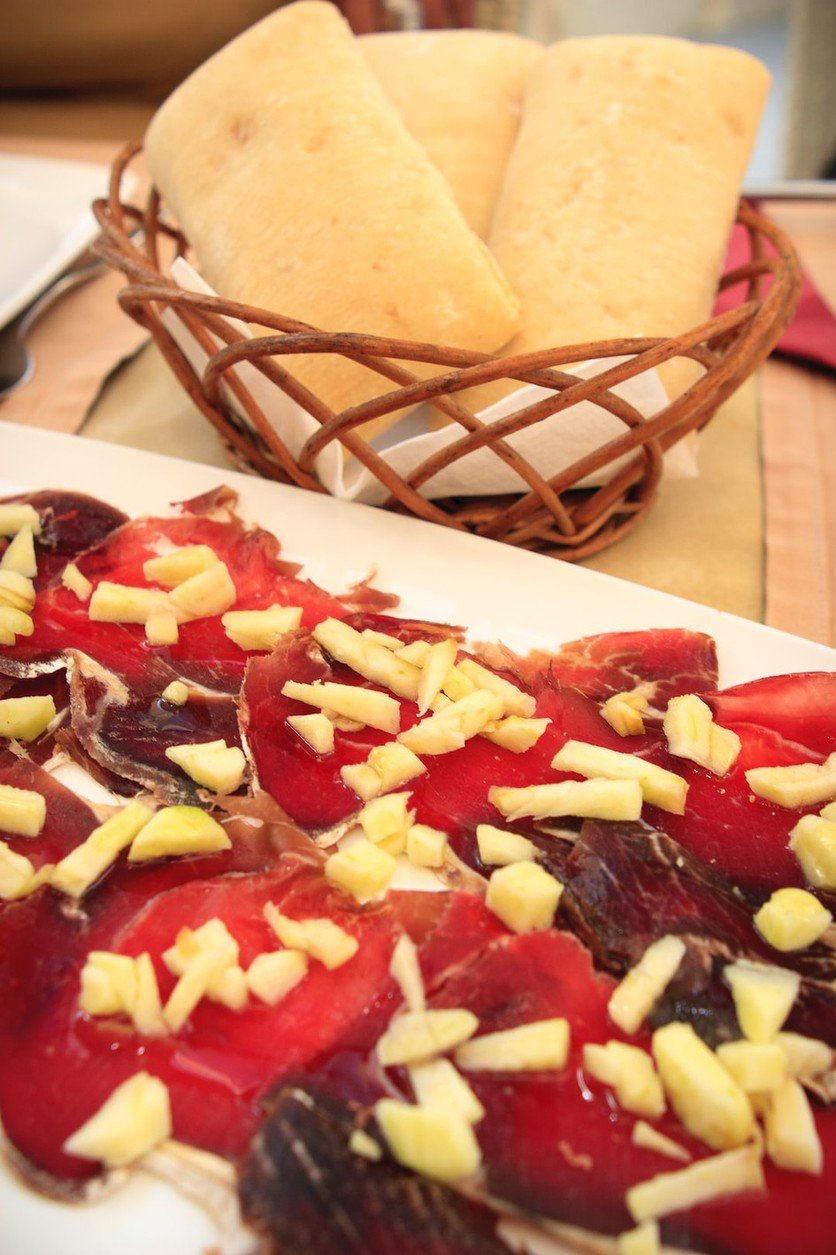
Mastering the Art of Meat Scales and Measuring Cups
Read More →1 year ago
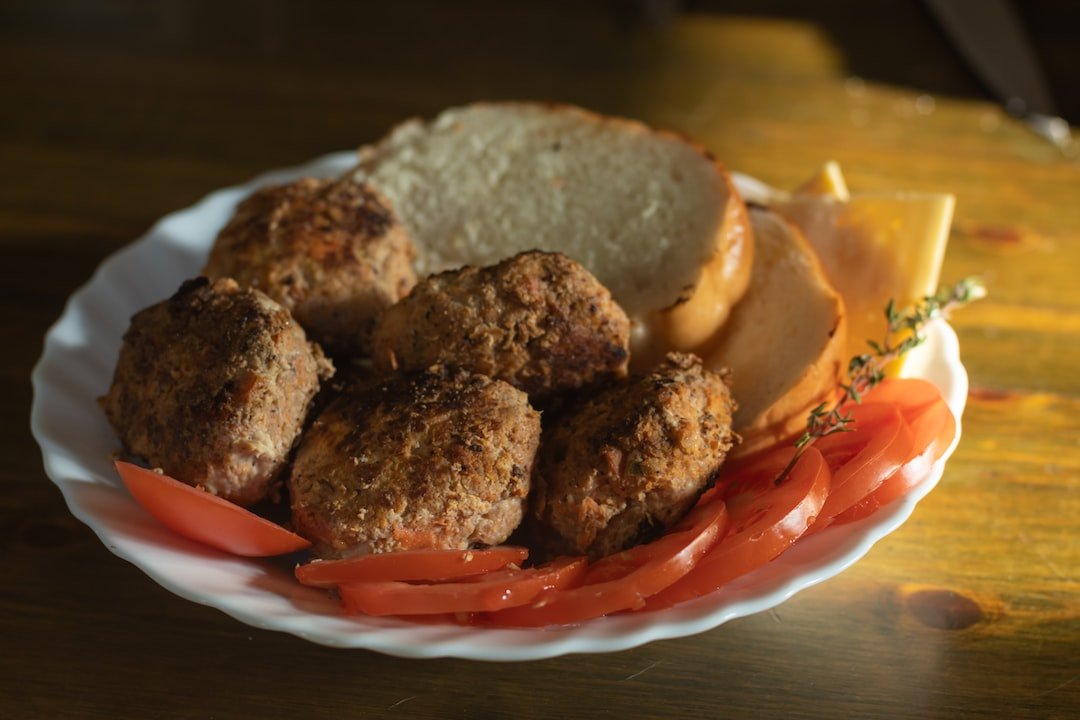
The Ultimate Guide to Meat Sharpening Stones and Honing Rods Introduction: As a meat lover and cooking enthusiast, you know that one of the most important aspects of preparing a delicious meat dish is having a sharp and well-maintained knife. However, over time, even the best-quality knives can lose their sharpness. That's where meat sharpening stones and honing rods come into play. In this comprehensive guide, we will explore the importance of sharpening your knives, the difference between sharpening stones and honing rods, and how to effectively use both to keep your blades in optimal condition. Why Sharpening Matters: Sharpening your knives regularly is crucial for several reasons. First and foremost, a sharp knife makes it easier to slice through meat without applying excessive pressure, which results in cleaner and more precise cuts. Additionally, a sharp knife reduces the risk of accidents by eliminating the need for excessive force from the user. Whether you're a professional chef or a home cook, a sharp knife is an essential tool that enhances your overall cooking experience. Sharpening Stones Explained: Meat sharpening stones, also known as whetstones, are traditional tools used to sharpen knives. These stones are available in various grit levels, which determine their coarseness. Coarser stones, with lower grits, are ideal for repairing dull and damaged blades, while finer stones, with higher grits, are suitable for maintaining and refining the sharpness of already sharpened knives. The sharpening process involves running the knife blade across the surface of the stone at a consistent angle, gradually refining the edge. Honing Rods Unveiled: Contrary to popular belief, honing rods (also called sharpening steels) are not used to sharpen knives, but rather to maintain their existing sharpness. Honing rods work by realigning the microscopic teeth of the blade edge that may be bent or misaligned during use. By running the knife blade along the honing rod at a consistent angle, you can ensure the knife's edge remains straight and sharp over time. Honing rods are especially useful for daily knife maintenance, preventing the blade from deteriorating between sharpening sessions. Choosing the Right Tool: When it comes to selecting the right tool for your meat-sharpening needs, consider the current condition of your knives. If your blades are dull and require significant sharpening, using a meat sharpening stone is the best option. On the other hand, if your blades are relatively sharp and just need a quick touch-up, a honing rod is perfect for the job. It's important to note that investing in high-quality sharpening stones and honing rods will ensure long-lasting and reliable performance. Tips for Effective Use: To get the most out of your meat sharpening stones and honing rods, consider the following tips: 1. Follow the manufacturer's instructions: Different sharpening stones and honing rods may have specific guidelines, so ensure you are familiar with the instructions before use. 2. Maintain a consistent angle: Whether using a sharpening stone or honing rod, keeping a consistent angle between the blade and the tool is crucial for achieving optimal results. 3. Practice safety: Using any sharpening tool requires caution. Always hold the knife securely and move it away from your body while sharpening. It's recommended to wear cut-resistant gloves for added protection. 4. Regular maintenance: Make sharpening and honing a part of your regular knife maintenance routine. By dedicating a few minutes to this task every few weeks, you can ensure your knives are always ready to deliver outstanding performance in the kitchen. Conclusion: Meat sharpening stones and honing rods are indispensable tools for every meat lover and cooking enthusiast. By understanding their differences and knowing
Read More →1 year ago
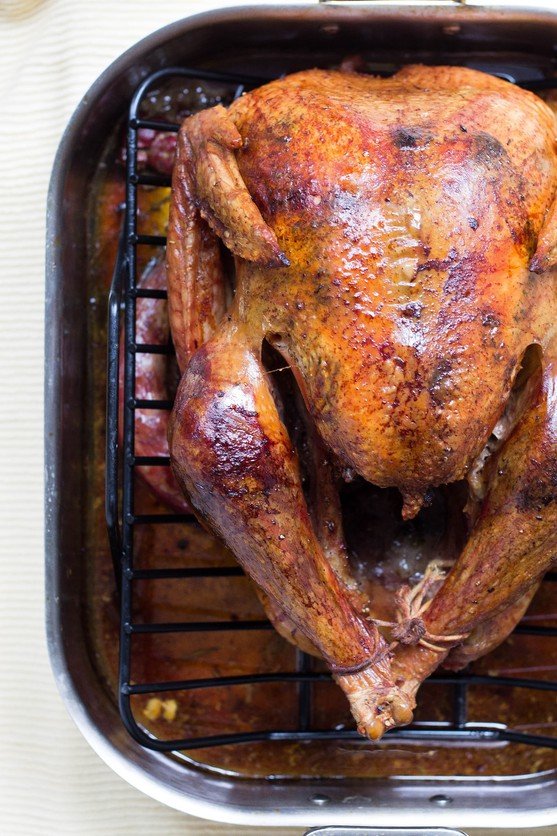
The Importance of Meat Cutting Boards and Mats: A Guide to Safe and Hygienic Food Preparation
Read More →1 year ago

The Ultimate Guide to Meat Vacuum Sealers and Storage Bags Introduction: When it comes to preserving the freshness and flavor of meats, vacuum sealers and storage bags are a game changer. Whether you're a butcher, a hunter, or simply someone who loves to stock up on meat, investing in a good quality vacuum sealer and storage bags can extend the shelf life of your meat and ultimately save you money. In this comprehensive guide, we'll take a closer look at what meat vacuum sealers and storage bags are, why you should use them, and how to choose the right ones for your needs. 1. What are Meat Vacuum Sealers? Meat vacuum sealers are machines specifically designed to remove air and moisture from packaging to create a vacuum-sealed environment. By removing the air, you prevent the growth of bacteria and slow down the oxidation process, keeping your meat fresh for an extended period of time. These devices are available in different sizes and models, ranging from handheld sealers for occasional home use to commercial-grade sealers for large-scale operations. 2. Benefits of Using Meat Vacuum Sealers: a. Extended Shelf Life: Vacuum-sealed meat can last up to 5 times longer in the refrigerator or freezer compared to traditional storage methods. b. Preserved Flavor and Quality: By eliminating contact with air, vacuum-sealed meat retains its original taste, texture, and tenderness. c. Prevention of Freezer Burn: Vacuum-sealed packaging forms a protective barrier that prevents moisture loss and freezer burn, ensuring your meat remains in optimal condition. d. Space Efficiency: Vacuum-sealed bags take up less space in your freezer, allowing you to maximize storage capacity. 3. Types of Meat Vacuum Sealers: a. Chamber Vacuum Sealers: Ideal for commercial use, chamber vacuum sealers are powerful machines that can handle large volumes of meat. These sealers place both the meat and packaging inside a chamber to remove the air. b. External Vacuum Sealers: More commonly used for home applications, external vacuum sealers work by attaching a vacuum nozzle to the packaging and removing the air externally. 4. Choosing the Right Storage Bags: Selecting the appropriate storage bags is crucial for maintaining the freshness and quality of your vacuum-sealed meats. Here are a few factors to consider: a. Material: Look for BPA-free, food-grade plastic bags specifically designed for vacuum sealing. These bags must be puncture-resistant and suitable for freezer use. b. Size: Consider the size of your vacuum sealer and the intended portion sizes of your meat. It's important to choose bags that fit with your sealer and provide enough space for the meat without excessive wastage. c. Thickness: Opt for thicker bags to protect your meat from punctures and prevent freezer burn. 5. Proper Use and Storage Tips: To ensure the best results with your meat vacuum sealer and storage bags, it's important to follow these guidelines: a. Allow the meat to cool before sealing, as hot or warm meat can create excess moisture inside the bag. b. Don't overfill the bags, as this can prevent a proper seal. Leave a sufficient amount of empty space at the top. c. Label and date your vacuum-sealed packages, especially if you plan to store them for an extended period. This will help you keep track of the freshness and ensure proper rotation. Conclusion: Investing in a meat vacuum sealer and storage bags is a wise decision for anyone looking to prolong the shelf life of their meat and minimize waste. By removing air and moisture, these tools help maintain the flavor, quality, and texture of your meat, whether it's for personal or commercial use. Consider the type of vacuum
Read More →1 year ago
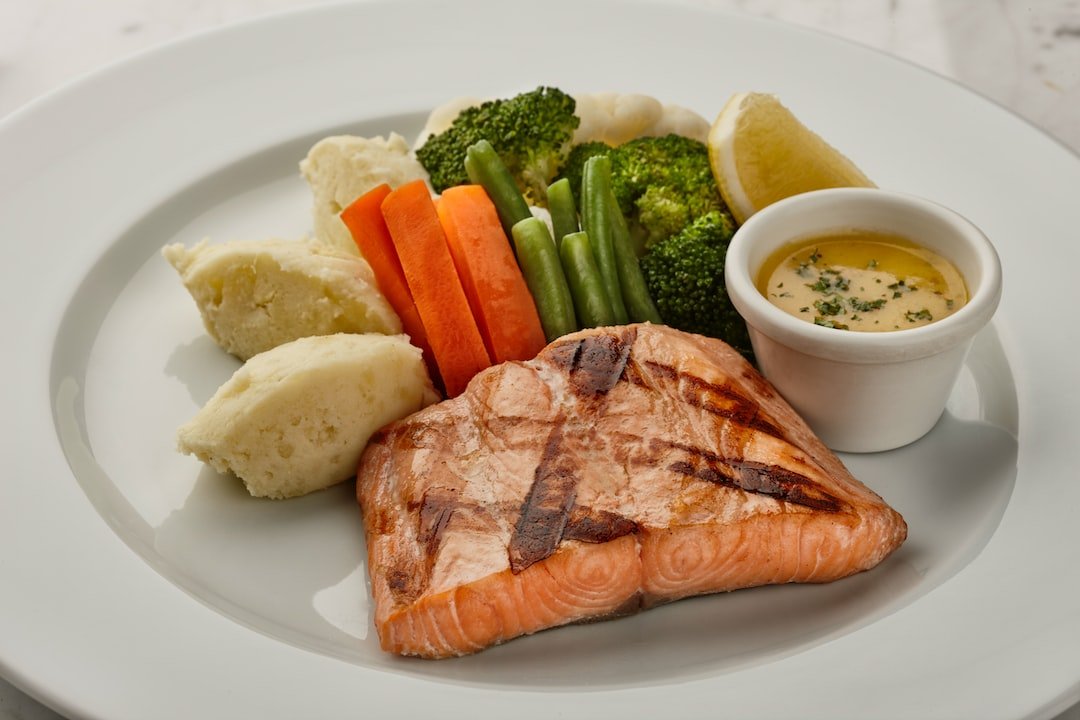
A Guide to Meat Processing Tables and Workstations: Ensuring Efficiency and Safety in the Meat Industry
Read More →1 year ago
